 Computer Tutorials
Computer Tutorials System Installation
System Installation Installing the system using a USB flash drive: the best way to solve system crashes
Installing the system using a USB flash drive: the best way to solve system crashesphp editor Youzi will introduce to you how to install the system using a USB flash drive: the best way to solve system crashes. When our computer system crashes, black screen, etc., we often need to reinstall the system to solve it. Using a USB flash drive to install the system has become the best choice. By writing the system installation files to a USB flash drive, we can easily install and restore the system, saving the cost of using CDs, and it is simple to operate and suitable for computers of various brands. Next, let us learn more about how to install the system using a USB flash drive.

Tool materials:
Computer brand and model: Dell XPS 13
Operating system version: Windows 10
一, Choose the appropriate reinstallation system software
Before using the U disk to install the system, we need to choose a suitable reinstallation system software. The following are several commonly used system reinstallation software:
1. Magic Pig Installation Master Software
2. Xiaoyu One-Click System Reinstallation Software
3. Pocket Installation Software One-click reinstallation of system software
4, Xiaobai’s one-click reinstallation of system software
5, Kaka Installation Master software
6, System Home one-click reinstallation of system software
2. Prepare U disk and system installation files
Before installing the system on U disk, we need to prepare a U disk with sufficient capacity and download the corresponding system installation files. These system installation files can be obtained from the official website or other trusted download channels.
3. Making a U disk boot disk
Making a U disk boot disk is a key step in using a U disk to install the system. We can use the tools that come with Windows or third-party software to create a USB boot disk. The specific steps are as follows:
1. Insert the U disk into the computer and ensure that the data in the U disk has been backed up.
2. Open the tool for making a U disk boot disk and select the U disk and system installation file.
3. Follow the tool prompts to start creating a USB boot disk.
4. Install the system
After making the U disk boot disk, we can start to install the system. The specific steps are as follows:
1. Insert the U disk into the computer where the system needs to be installed.
2. Restart the computer and follow the on-screen prompts to enter the BIOS settings.
3. Set the U disk as the boot priority device in the BIOS settings.
4. Save the settings and restart the computer.
5. The computer will boot from the USB flash drive and enter the system installation interface.
6. Follow the prompts on the interface to select the version of the installation system and other settings.
7. Wait for the system installation to be completed and restart the computer.
Summary:
Using a USB flash drive to install the system is one of the best ways to solve system crashes. By choosing the appropriate reinstallation system software, preparing a USB flash drive and system installation files, making a USB boot disk, and following the steps to install the system, we can easily solve the problem of system crash. I hope this article was helpful to readers and provided a workable solution.
The above is the detailed content of Installing the system using a USB flash drive: the best way to solve system crashes. For more information, please follow other related articles on the PHP Chinese website!
 微星主板bios安全启动怎么开启?Feb 01, 2024 am 09:21 AM
微星主板bios安全启动怎么开启?Feb 01, 2024 am 09:21 AM微星主板bios安全启动怎么开启?1.以华为matebookx、windows10为例。以Z390为例,重启按DEL进入BIOS,按F7进入高级模式,点击进入Settings的选项,再进入TrustedComputing。2.有个安全设备支持(SecurityDeviceSupport),将其改为允许(Enable),TPM设备选择为PTT,设置完成后按F10保存重启。3.以B550M为例,重启按DEL进BIOS后选择左侧的SETTINGS以进入设置界面,同样进入安全选项里的TrustedCom
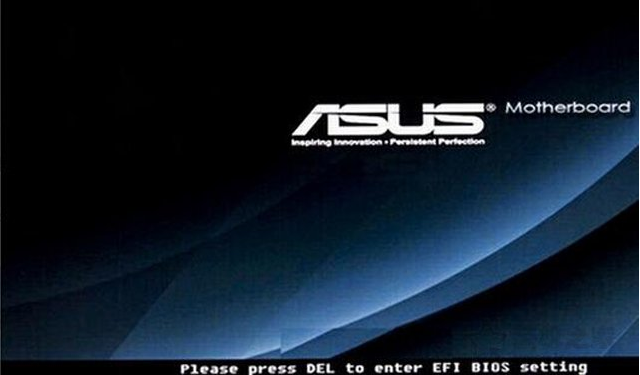 进入华硕主板bios设置图解教程Jul 08, 2023 pm 01:13 PM
进入华硕主板bios设置图解教程Jul 08, 2023 pm 01:13 PM有很多操作都是需要进到电脑的bios系统进行操作,比如说调整启动项,磁盘模式,cpu参数,刷新bios等等。不过不同的电脑品牌主板的bios设置等界面会有不同,那么如何进入华硕bios?华硕主板bios设置界面又是怎么样的呢?下面小编就给大家分享下进入华硕主板bios设置图解教程。一、如何进入华硕bios1、首先重启华硕电脑,在开机的一瞬间并跳出ASUS的标志界面的时候,马上不断按“Delete”键进入bios界面。2、进入到bios界面后,就可以对bios系统进行设置了。二、华硕主板bios设
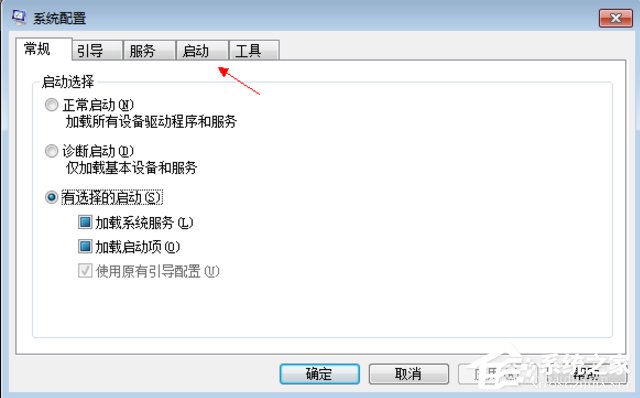 asus安装win7找不到引导启动菜单的解决方案Jul 17, 2023 am 10:37 AM
asus安装win7找不到引导启动菜单的解决方案Jul 17, 2023 am 10:37 AM在安装系统的过程中,许多网民可能会遇到一些问题,导致重新安装系统的失败。最近,一些网民报告说,他们的sus安装win7找不到引导启动菜单,安装后不能正常引导启动菜单进入新系统。下面的小边教你安装win7后找不到引导启动菜单的解决方案。asus安装win7找不到引导启动菜单的解决方案:1.进入华硕主板BIOS,F7进入高级设置。2.进入启动选项。3.修改CSM(兼容性支持模块)。打开CSM,完全支持非UEFI启动附加设备或WindowsUEFI模式。4.返回修改,修改安全启动菜单。5.修改其他操作
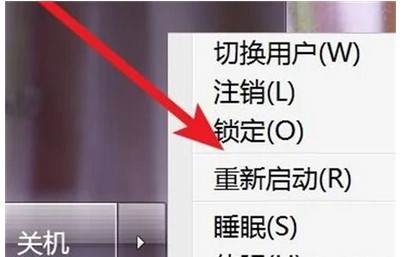 win7怎样进去bios设置方式介绍Jul 11, 2023 pm 06:09 PM
win7怎样进去bios设置方式介绍Jul 11, 2023 pm 06:09 PMwin7怎样进去bios设置呢,用户应用win17的时候如果碰到要进入bios的现象要怎么办呢,最先开机后重启,随后等候系统发生黑底白字时按着del,根据这个方式用户就可以很容易进入bios中,在这儿用户能够设置许多作用,非常的容易且便捷哦,下面就是具体的win7怎样进去bios设置方式介绍。win7怎样进去bios设置1、最先打开电脑以后,点击左下方的菜单栏。2、点击菜单里的‘重启’。3、在重启时,直到显示屏发生黑背景,白字时,就会见到进入bios的方法了,这儿提醒要按照del键。4、不停的按
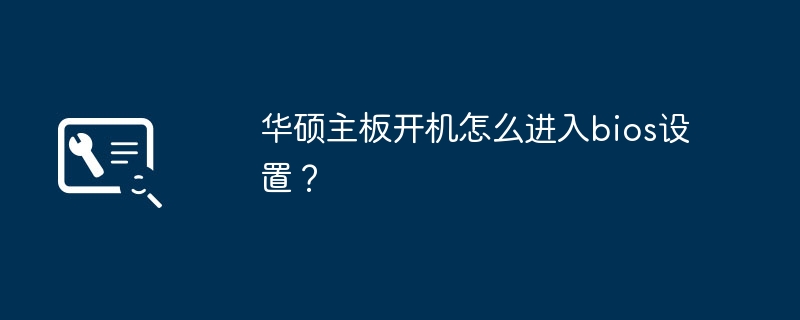 如何进入华硕主板的BIOS设置界面?Jan 30, 2024 am 11:33 AM
如何进入华硕主板的BIOS设置界面?Jan 30, 2024 am 11:33 AM华硕主板开机怎么进入bios设置?步骤/方式1工具/原料:系统版本:windows7系统品牌型号:华硕无畏14开机的时候按下键盘中的“Del”快捷键步骤/方式2即可进入BIOS界面。华硕主板怎么进入bios?1.启动华硕笔记本2.开机的时候按下键盘中的“Del”快捷键即可进入bios设置3.进入bios的主界面华硕主板进bios?进入华硕主板的BIOS有多种方法,以下是其中的两种常见方法:方法一:打开计算机,当出现华硕主板的logo时,按下“删除”键,直到进入BIOS设置页面。在BIOS界面中,
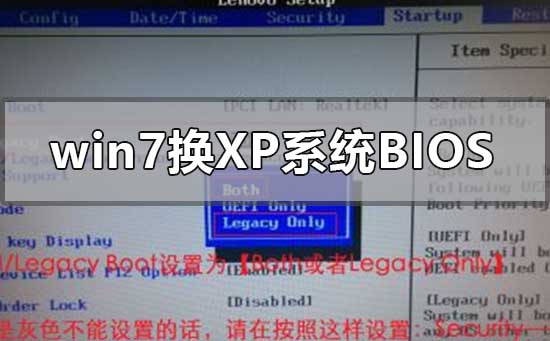 如何更改BIOS设置以在Win7上安装XP系统Jan 05, 2024 am 08:42 AM
如何更改BIOS设置以在Win7上安装XP系统Jan 05, 2024 am 08:42 AM我们在使用win7操作系统的时候,有的小伙伴们因为一些需要想要把自己的系统换成xp操作系统。那么在这个过程中一些小伙伴们可能就遇到了一些问题。对于win7换xp系统bios怎么设置,小编觉得首先通快捷键进入我们电脑的bios,然后找到相关选项跟着小编进行设置即可。具体操作步骤一起来看下吧~win7换xp系统bios怎么设置1.进BIOSThinkPad和联想VBKEM系列的笔记本进BIOS是按键盘的F1键(部分机型是按键盘组合键Fn+F1,Fn键按住不放,反复按F1键)。2.选择Restart标
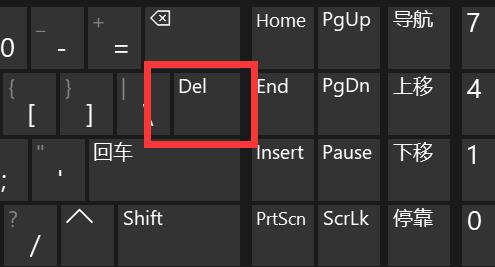 解决win11关机后外设仍然亮的问题Dec 26, 2023 pm 10:37 PM
解决win11关机后外设仍然亮的问题Dec 26, 2023 pm 10:37 PM有时候我们关机要睡觉了,结果win11关机后外设还亮着灯,非常影响体验,这其实是由于关机后usb接口还在供电导致的,我们只要进入bios设置禁用它就可以了。win11关机后外设还亮:1、首先我们重启电脑,在品牌logo跳出时按下“DEL”进入bios设置。(不同电脑进入bios的方法不一定一样,可以查一下说明书)2、进入后,我们先将语言改到中文,方便操作。3、接着我们进入“高级”设置,打开“高级电源管理”4、然后在其中找到“ErP支持”5、随后将它改为“开启(S4+S5)”6、最后按下键盘“F1
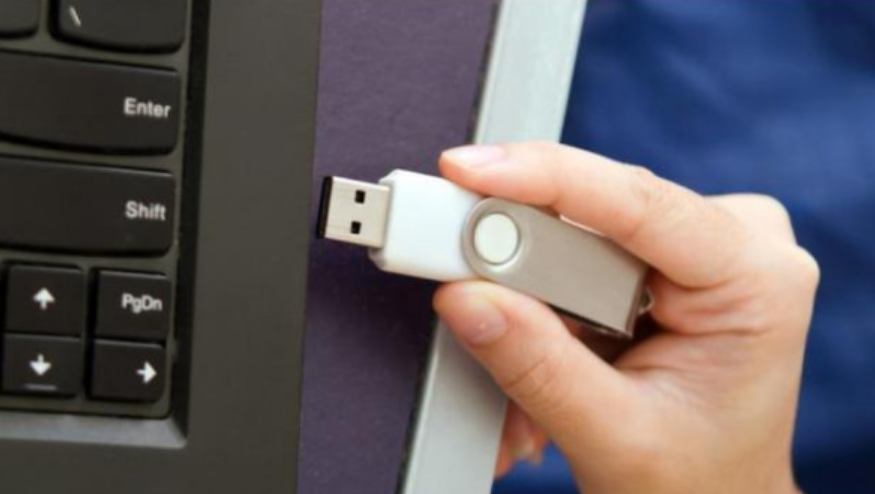 惠普bios设置U盘启动的教程Jul 16, 2023 pm 02:21 PM
惠普bios设置U盘启动的教程Jul 16, 2023 pm 02:21 PM在使用惠普的用户却不少,很多人要进入快启动pe系统进行维护的时候却不知道该怎么设置U盘启动,主要是惠普bios设置U盘启动的方法和平常的方法略有不同,那么,惠普电脑如何U盘启动呢,下面我们来看看惠普bios设置U盘启动的教程,大家快来看看吧。1、首先,将u盘插入hp台式机的USB接口处。2、开机快速断续的按F10键进入BIOS设置界面。3、进入BIOS设置后,将界面切换到“Boot”选项,将光标移到“BootDevicePriority”选项按回车键进入。4、选择“HDDGroupBootPri


Hot AI Tools

Undresser.AI Undress
AI-powered app for creating realistic nude photos

AI Clothes Remover
Online AI tool for removing clothes from photos.

Undress AI Tool
Undress images for free

Clothoff.io
AI clothes remover

AI Hentai Generator
Generate AI Hentai for free.

Hot Article

Hot Tools

SublimeText3 Chinese version
Chinese version, very easy to use

WebStorm Mac version
Useful JavaScript development tools

Zend Studio 13.0.1
Powerful PHP integrated development environment

SublimeText3 Linux new version
SublimeText3 Linux latest version

Safe Exam Browser
Safe Exam Browser is a secure browser environment for taking online exams securely. This software turns any computer into a secure workstation. It controls access to any utility and prevents students from using unauthorized resources.






